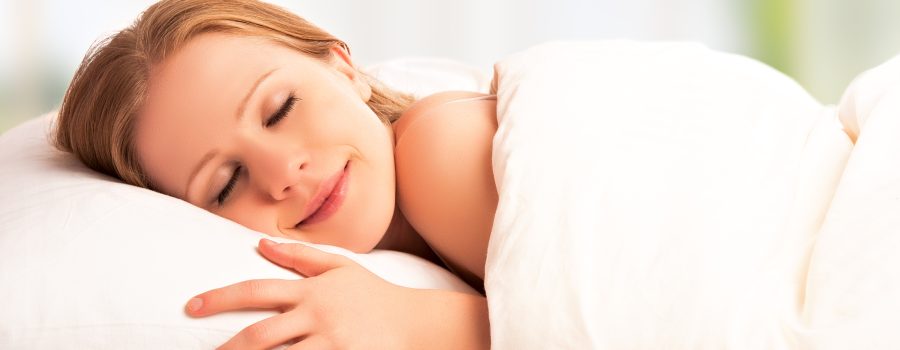Sleep deprivation is an unsettling trend for many people across North America. The CDC says more than 35% of people get less than 7hrs of sleep; I personally know many stagers who wear “I don’t need much sleep” or “if I get 4hrs I am good”, badge of honor, when in fact they are affecting their own health in a very bad way. Not getting enough sleep is linked to chronic diseases like Type2 diabetes, heart disease, obesity, and depression.
Everyone knows the importance of charging the phone at the end of the day so it can perform well the next day, same thing for people. Sleep is human recharging of the batteries. What most people don’t realize is how much our daily routines, what we eat, drink, our medications, our schedules and what you do in the evening particularly, significantly impact the quality of sleep you have. “Sleep hygiene” refers to a series of healthy sleep habits which may improve your ability to not only fall asleep but stay asleep all night.
Sleep researchers recommend, adopting evening rituals to help signal the body and mind you are headed to bed. Daily stress reduction, meditation, turning off the TV & electronics in general at least 30mins before sleep, listening to some music for sleep from You Tube and have a set time schedule to go to bed so you have a full 8hrs is vital- even on weekends and holidays.
Iris28 writes: “sleep is a profound and puzzling phenomenon. Nearly every creature on Earth sleep in some form, its precise mechanism is still not entirely understood. When asleep the body experiences an altered consciousness, relatively inhibited sensory experience and reduced muscle activity. As the studies of the nature of our brain at rest continue, we discover more about the regenerative and extremely complex nature of the sleep cycle and the influence of our surroundings have on it.
As a decorator, stager, and educator I have been inside hundreds of homes, I can attest to the fact that most bedrooms are not set up well for sleep. I do believe it is something many people need help with, because there is no better feeling than crawling into a snug as a bug bed particularly on a snowy, cold winter evening.
Consider some of these things and treat yourself to some bedroom therapy….yes! you do deserve it.
- Mattress:
It sort of goes without saying but I will – if you don’t have the best mattress ever it could be the root of all problems. It is the most important element in getting a good night’s sleep. If you don’t love yours or it is older than 10yrs, time to start saving for a new one. I fell into the trap a few years back, that many did which was to buy a Costco memory foam, then a topper to make it feel better, then a Tempurpedic – all of them heated me up and made sleeping a nightmare. We finally bought a Stearns and Foster temperature regulated, firm mattress with coils – we love it. Makes a huge difference and another blessing is when one person moves around the other side doesn’t! - Room Temperature:
While it might be tempting to crank up the heat because “baby it’s cold out there” it is actually counter to what your body needs. A cool bedroom, even in winter, is more conducive for sleeping. Optimal temperature is 65F(18C), opening the window slightly or a fan can also help keep the temperature lower throughout the night. - Soooo a cool bedroom doesn’t mean you will be cold. A whole new level of cozy can easily be achieved by investing in temperature regulating bamboo sheets and pillowcases. (Amazon about $35) then layer the bedding to your taste. If you are someone who loves a weighted blanket that can go over the top sheet, or conversely a lighter blanket could be thermal from Ikea Smasspoor ($60) or Amazon ($40 for cotton thermal). Final layer is a quilt of your choice in case you feel the occasional need for extra warmth.
- Lighting:
Energy efficient LED in warm white to create a cozy, inviting ambiance on a dimmer. Try to leverage the impact of natural light during the day with minimal to no coverage. Our circadian rhythms work best when responding to daylight. Overhead lighting could incorporate a fan for cooling in summer or during a menopausal moment or two- there are some incredible styles available today. Side table lamps need to be at least 30” high- tad smaller in larger rooms, and 10-20lumens per square foot. Consider battery operated candles with a timer to create a romantic atmosphere (real ones with a fragrance is lovely but a fire hazard if you fall asleep and it is still lit). The blue light from electronic devices and TVs stimulates the brain, waking it up for action. So, its best to not have electronics in the bedroom- including TV, if you do like to read with a tablet or phone be sure to tuck it away in a drawer before falling asleep. - Watch for SAD. If you feel blue, depressed, and low energy, feel sluggish in the morning, you may be experiencing a seasonal affective disorder because of the shorter days. A regular walk outside in the fresh air during the day will help keep your internal clock attuned and lift your spirits. Tip: as you walk look up and notice nature, if you can walk in a wooded trail, it really helps.
NOTE: Although color can be construed as a personal choice and preferences vary person to person, research reveals that certain colors such as blue and green do tend to promote more positive emotions and associations. Psychologists have found that energy and mood are both influenced by color. Poor mood can negatively affect sleep quality. Color on the floor, walls and ceiling, in your bedding, furniture and artwork can all affect how you sleep. When making color decisions, many people just choose what they like, without a thought to how it will affect feelings during the evening. For a cohesive look and feel working with an expert will save you money in the long run.















 Subscribe Today!
Subscribe Today! 

